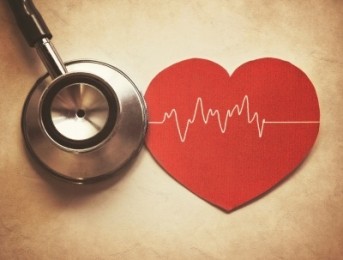
Chronic Obstructive Pulmonary Disease (COPD) is a respiratory disease. Emphysema and chronic bronchitis are two respiratory diseases with which you are probably already familiar. Respiration is the complete cycle of breathing in and out. When you breathe in (inhale), oxygen enters the lungs. When you breathe out (exhale), carbon dioxide leaves the lungs and the body.
When a person has COPD, less oxygen enters the lungs upon inhalation, and not all of the carbon dioxide leaves the lungs and the body upon exhalation.
Since a person with COPD is not releasing all of the carbon dioxide, it is important to consume foods that produce the least amount of carbon dioxide. Carbohydrates (starch, fruit, milk, sweets) produce the highest amount of carbon dioxide. With less carbon dioxide in the body, you will be able to breathe more easily.
Eating for COPD:
• When consuming carbohydrates, be sure to make healthy choices. Consume higher fiber carbohydrates from whole grains, fruits, and vegetables. Do not consume large amounts of these at any given meal, since they produce more carbon dioxide and will make it more difficult for you to breathe.
• Consume protein (fish, poultry, lean meat) in order for your respiratory muscles to stay strong.
• Healthy fats such as monounsaturated or polyunsaturated may be consumed. These fats add up in calories but they produce the least amount of carbon dioxide.
• Don’t overeat sodium-containing foods. Your blood pressure may increase, or swelling in the body may occur. Aim for about 2,000 mg of sodium a day.
• Try to consume six small meals a day in order to allow your body to digest these foods without them making you feel bloated and full – making it more difficult for you to breathe.
• Eat slowly. By eating quickly you may create more distention in your stomach with excessive air or gas.


